If you have been living on a desert island for the last couple of years then you may have missed the news that Noma closed in its original form in February 2017. In early 2018 it reopened in custom-built premises on former wasteland. The new setting has its own garden, tanks for seafood and apparently, this being Noma, its own ant farm. Noma has been a hugely influential restaurant. It pretty much single-handedly made food foraging fashionable, though to be fair Marc Veyrat in Annecy and Hisao Nakahigashi in Kyoto were foraging for local ingredients while Mr Redzepi was still a small child.
The new restaurant setting is vast, with an airy dining room seating 42 guests being just a small part of the premises. There is a long corridor along which are arrayed assorted prep kitchens, a butchery area, shellfish tanks and even a staff canteen with its own dedicated kitchen. The idea of the architect was apparently to suggest a Nordic fishing village, and certainly the dining area, which adjoins the main open kitchen, is a very attractive space. There are up to sixty chefs at work, including stagiers, and over a hundred staff serving those 42 guests, to give an idea of the level of effort that goes into the food. Those pumpkin seeds don't peel themselves.
The format is a tasting menu, which these days changes theme based around the seasons. At the time of my visit the theme was seafood, and in the summer the theme will be vegetables. In the autumn the menu will transition to the ingredients of game and the forest. The menu was priced at DKK 2,250 (£262), which is payable up front when you book. You can purchase drinks separately when you are at the restaurant. A wine pairing was priced at DKK 1,100 (£128), a juice pairing at DKK 800 (£93). Hence a typical cost per head with wine will be £390.
The meal began with a broth of sea snails and seaweed, along with flowers of thyme and elderflower. The broth is presented in a sea shell, which has a line of pickles along the rim that come into play when you drink the broth. If you are unfamiliar with the term sea snail, which is not used much in the UK, then think of the much more familiar whelks: a whelk is simply a type of sea snail. These creatures have a fairly mild but umami-rich flavour, and the broth here reflected that, having more intense flavour than I was expecting, and having a quite strong flavour of the sea, the sharpness of the pickles providing some balance to this (16/20).
This was followed by a sequence of dishes that had fairly limited intervention from the kitchen other than presentation. Venus clams from Jutland were presented with a pair of shells on which was a paste strong in umami flavour that is made from a reduction of vegetables and spices including saffron and coriander. The clams themselves were very good. I was less sure as to what the umami paste really added, but the clams themselves were excellent (16/20). Next were blue mussels from Denmark with smoked butter, a simple and pleasing dish using a high quality ingredient that doesn’t need anything much to be done to it (16/20).
The next dish came in a jar topped with prawn heads, inside each of which was a paste made from the brains of the prawns with a butter and seafood reduction. Inside the jar were sweet shrimps from Norway along with salted and dried fruits. The shrimps themselves were very good but the balance of the dish seemed strange to me, with some very sharp sourness indeed from what tasted to me like gooseberry. The issue for me was that the sharpness was just too intense for the shrimps, despite their natural inherent sweetness of flavour (13/20). A very pretty presentation followed, with trout roe painstaking arranged in the shape of a starfish. The roe had a coating that involved egg yolk, fermented plum and pumpkin seed oil. The sticky egg yolk clung to the teeth and I am puzzled as to why this was thought to enhance what was after all some perfectly good fish roe. For me the dish would have been improved by just leaving the roe alone (12/20).
The next dish redefined the term “challenging”. A “Jellyfish” was served with lightly cooked seaweed. Although dried jellyfish is eaten in Japan it has little to no flavour and a rubbery texture. Here the notional jellyfish was in reality a stock made from squid and lumpfish roe that resembled a jellyfish in appearance. This had a somewhat slimy texture but little discernible flavour. It reminded me of some agar I ate in Japan many years ago. Perhaps some seasoning would have improved this but essentially you were left with the cooked seaweed to try and carry the dish on its own (10/20). When I discussed this the following day with a large group of people who had eaten at Noma in the preceding few days, all but one thought that this was the least successful savoury dish of the meal.
Much better was the next dish, which featured scallop and mahogany clam served in their shells. The scallop came from Norway and was thinly sliced and served with a butter fudge and vegetable reduction. Mahogany clam from the Faroe islands was diced and came with pickles and mussel juice. Mahogany clams can live a remarkable long times (potentially for centuries) and have a quite meaty flavour. The scallop was very good quality and barely needed any enhancement, but I particularly liked the clam, the pickles working well with it (16/20). A pair of further dishes followed this on a bed of ice: a sea urchin shell and an oyster variety called gigas (aka Pacific oyster) along with oyster leaves. This kind of oyster has a quite mild flavour that lacks the intense brininess of many other varieties, and was very enjoyable. The sea urchin had been marinated with pumpkin seeds and rose water and was topped with peeled pumpkin seeds in a particularly pretty presentation. This urchin had a slight metallic taste, and I though that the pumpkin seeds were a clever idea, their texture contrasting with the softness of the sea urchin (17/20).
Next was a further tray of ice with a couple of little dishes and one very large nocturnal sea creature called a sea cucumber, in this case from The Faroe Islands. Related to starfish, this slippery beast lives on the ocean floor and, en passant, has a range of unusual characteristics, such as breathing through its anus and exploding its guts as a defense mechanism. From a food perspective sea cucumber appears as a broth in Chinese cuisine, but here was merely presented in its live state. The little bowls on ice contained the part to be eaten, specifically the single, branched gonad of the sea cucumber. The gonad is dried and served with a crisped version of sea cucumber skin, crisp dried mussel and a whipped cream involving horseradish. As an aside, in nature there is a species called a pearlfish who specialize in invading the sea cucumber’s body cavity and nibbling on its gonads, so just in case you ever thought you were having a bad day then ponder what this must be like. This dish sounds like some sort of dare from a Japanese gameshow, but actually it tasted quite good, with its fairly bland, slightly salty taste mix of textures. Maybe the pearlfish has a point (14/20).
This was followed by one of the most enjoyable dishes of the meal, a 40-year-old horse mussel. This was cured, chopped and cooked with chanterelles and milk curd infused with plum. The mussel had plenty of umami that went well with the mushrooms, the plum adding an interesting flavour note (16/20). Even better was the next dish, Danish squid that had been sliced and rested on a bed of a sauce made of butter and kelp. The squid was tender and tasted good on its own, but was greatly enhanced by the intensely umami-rich butter (strong 17/20). This was followed by the chopped meat of sea snails served with a salad of herbs, along with dashi, roses, and spices, all prettily served in a beeswax container. The leaves themselves were very good indeed, and went well to enhance the quite mild flavour of the sea snail, which can be chewy (at least when I have eaten it is Japan) but here was cut sufficiently fine as to avoid that issue. Essentially this was a quite floral salad (15/20).
What was essentially the main course stage of the menu was cod, but not in the conventional way. Instead meat from the cod head was the feature, including the jaw, cheek, tongue. This was barbecued and glazed with thyme, served with a side dish of wild garlic and some condiments. These were a choice of spicy yeast horseradish, a paste of wood ants, a spice mix involving saffron and horseradish juice. The pieces of cod had quite gelatinous texture but very good flavour and worked well with their glaze, but I was less convinced by the accompaniments. The saffron completely dominated the spice mix and was exceedingly bitter, though the horseradish had a lively and enjoyable kick. Finally there was a seaweed flatbread topped with cod, wild herbs and chanterelles, which was fine (14/20).
Modern Scandinavian cooking seems curiously averse to serving sweet things at the dessert stage of a meal, and this was no exception. What appeared to be mussels were really made from black pear and a crisp wafer with kelp ice cream. This stuck to my teeth and although the pear element was fine, kelp ice cream is something I could happily live without for a long time (12/20 if I am kind).
This was followed by cloudberries from Norway with edible pinecones cooked in sugar syrup and a powder of yoghurt. The pinecones were nice but the cloudberries were exceedingly sour and dominated the dish (12/20). Another dessert was a sort of tart of whipped cream and pine praline with oyster caramel and seafood. This had good texture but the seaweed flavour was quite strong and to me was jarring at this stage of the meal. One fellow diner described it as “like licking the inside of a fish tank”. It was not for me, and I am not sure it makes much sense for me to score it.
There was also plankton “cake”, where plankton is made into a mousse and topped with a glaze of milk crumbs.This was a very challenging dish, not just to me but to just about everyone eating around me. Its use is not entirely new – Angel Leon of Aponiente in Cadiz has pioneered it, and it has a sort of oceanic brininess. Certainly whales live on it, so it is nutritious enough, but I found its transformation into a notional dessert to be not so much a journey as an ocean voyage. One well-travelled fellow diner described it as a reminiscent of a slightly off version of Japanese matcha. It was certainly inventive (13/20). Coffee was from Tim Wendelboe in Oslo, this particular coffee from Honduras, and was excellent, with pleasing gentle acidity. Service was courteous. As I just drank water the bill was simply the price of the tasting menu, though of course you may choose to add either the juice or wine pairing, in which case the bill will be higher.
There are many things to admire about Noma. It has pioneered a global recognition of Scandinavian cuisine and been hugely influential as well as brilliantly marketed. The new premises are gorgeous, and the young staff seem infectiously enthusiastic. I have never made a secret of the fact that my great love is classical French cooking, so the food here was unlikely to be my dream meal. However if you read my reviews of Maaemo, Frantzen and Geranium it is hopefully clear that I can very much enjoy Scandinavian food. The presentation of dishes at Noma is exquisite, and the quality of the ingredients is high, with for example the crab and scallops as fresh as could be, swimming in the tanks in the restaurant before being prepared. However the kitchen seems at times to now choose deliberately challenging ingredients and flavour combinations that do not, at least for me, always work. I am sure that they feel otherwise, and certainly the world needs restaurants that innovate, or we would all still be eating the heavy, buttery food that dominated high end dining decades ago. However the question for me is always whether the innovation comes at the expense of flavour and customer pleasure. Although there were some very good dishes at this meal, there were also some that seemed to have inherent problems. Overall, I enjoyed this meal less than my previous one here. There was a recurring theme of under seasoning at this service, and for me a lack of inherent balance in some of the dishes, as I have noted earlier. Doubtless the cuisine will continue to evolve and develop, and perhaps with such innovative cooking it is inevitable that there will be bumps in the road as it moves forward. Without a doubt, though, Noma offers a unique dining experience.













































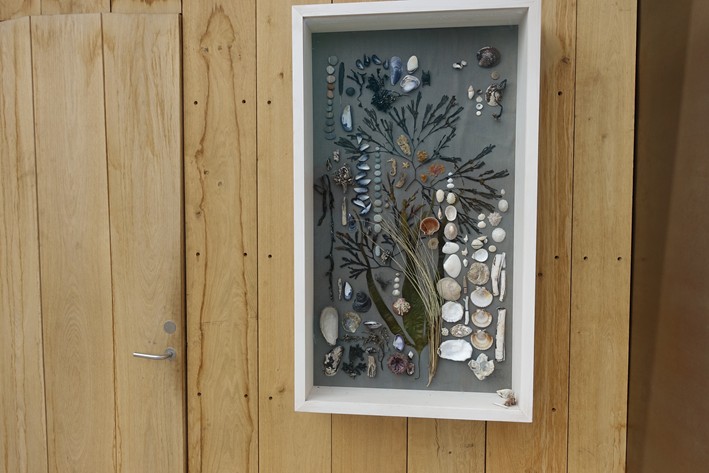

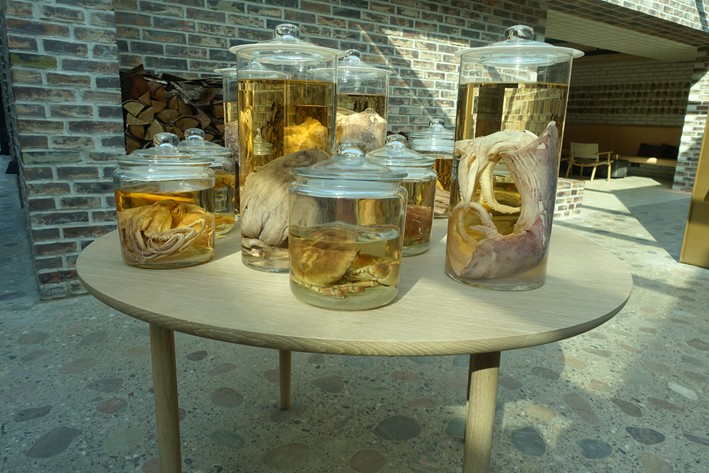

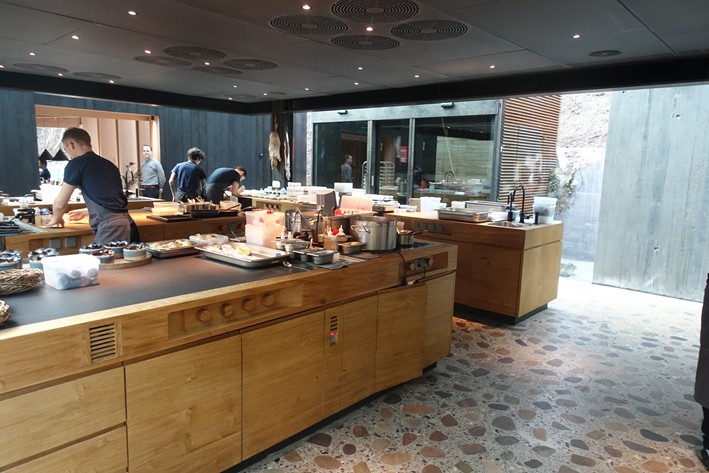

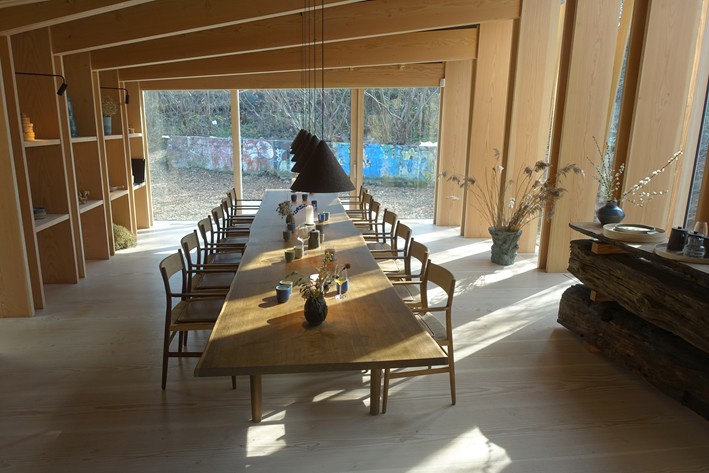


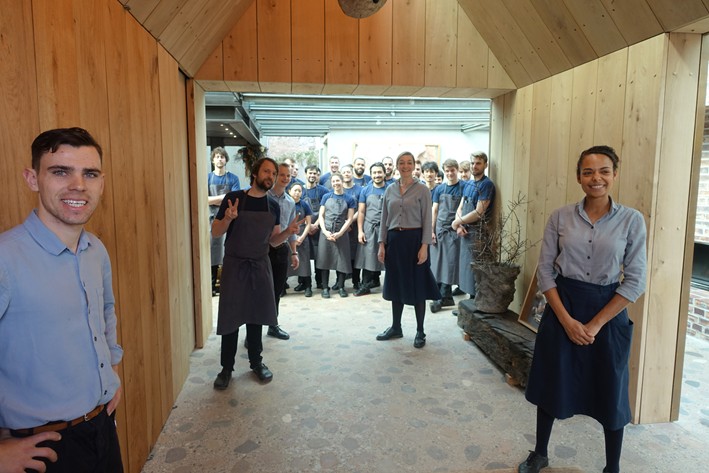
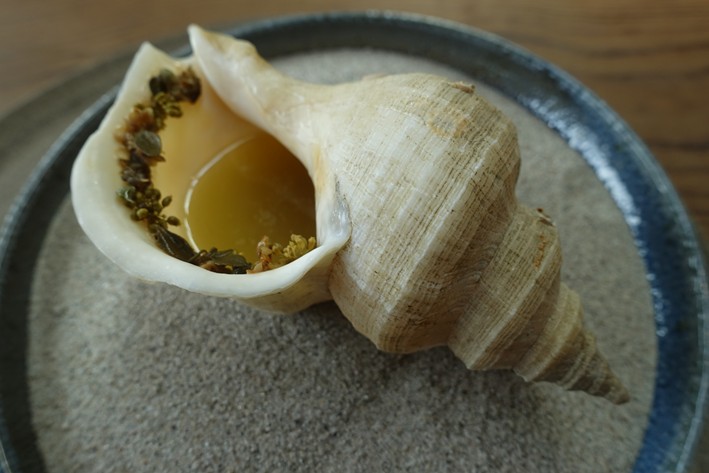



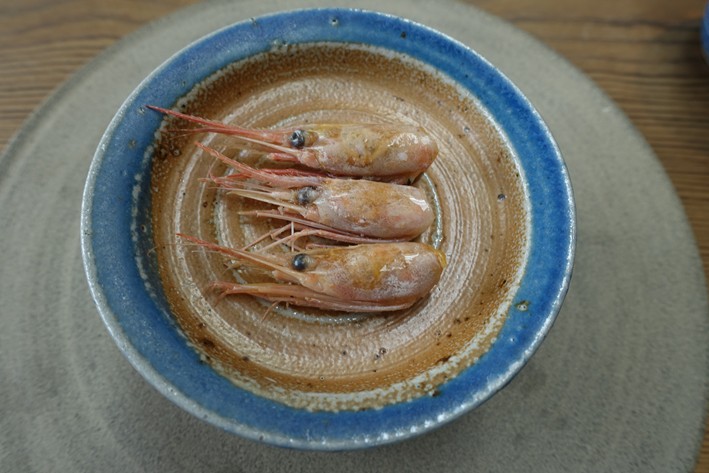
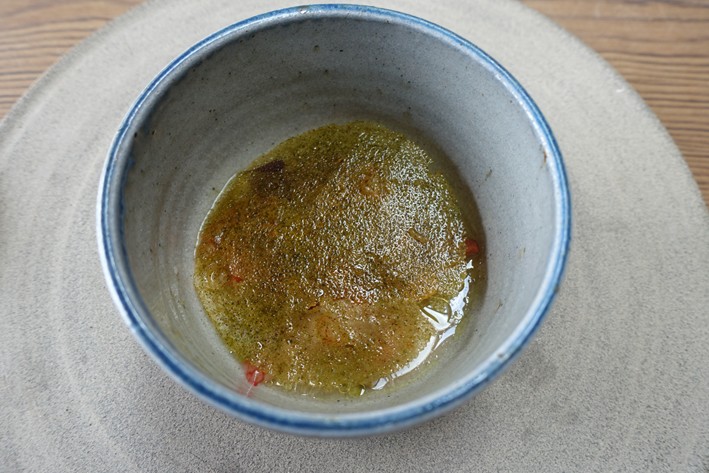

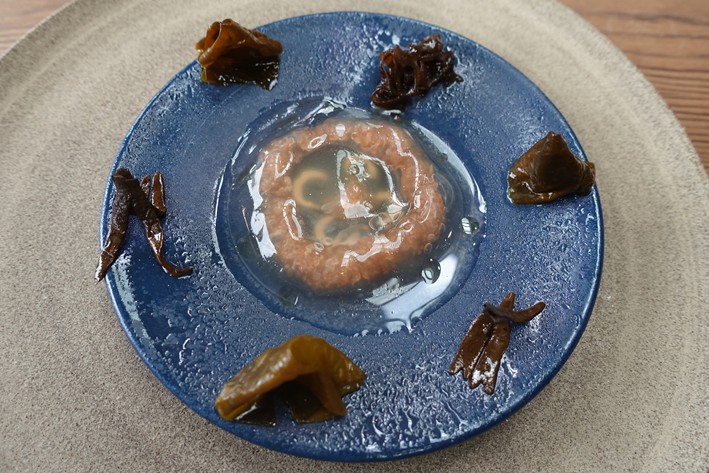
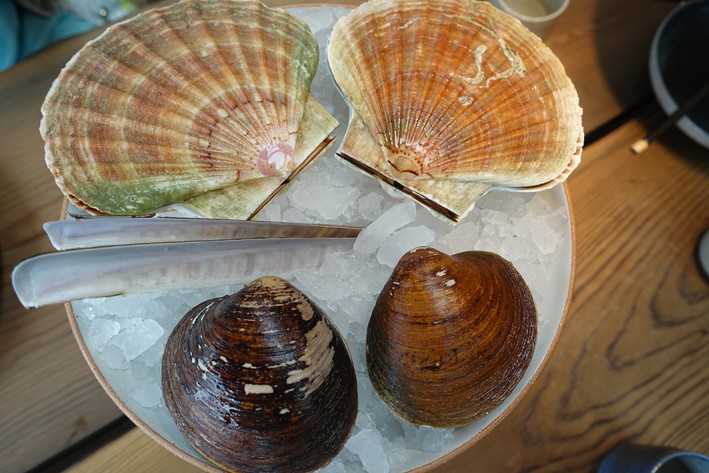
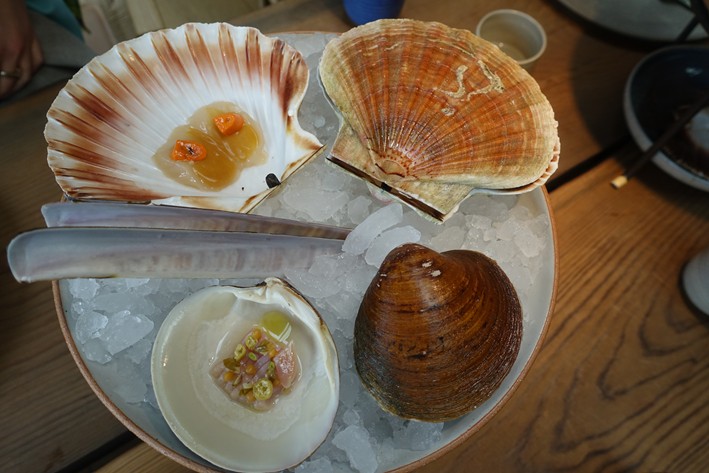

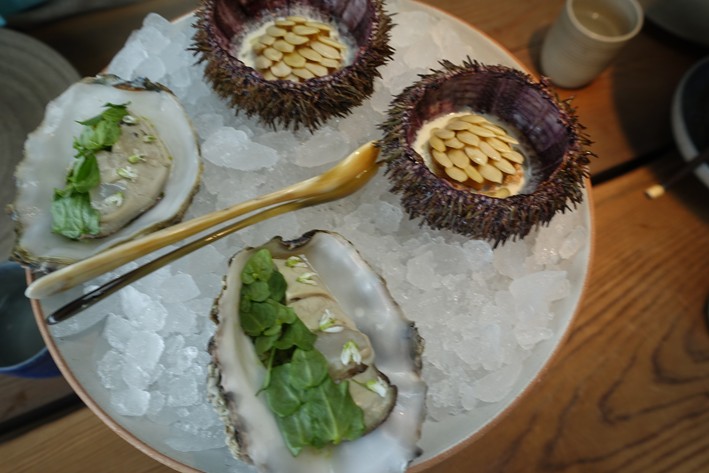
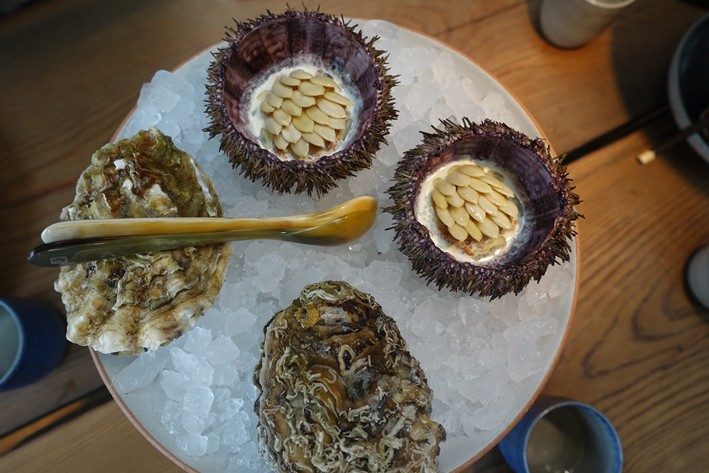
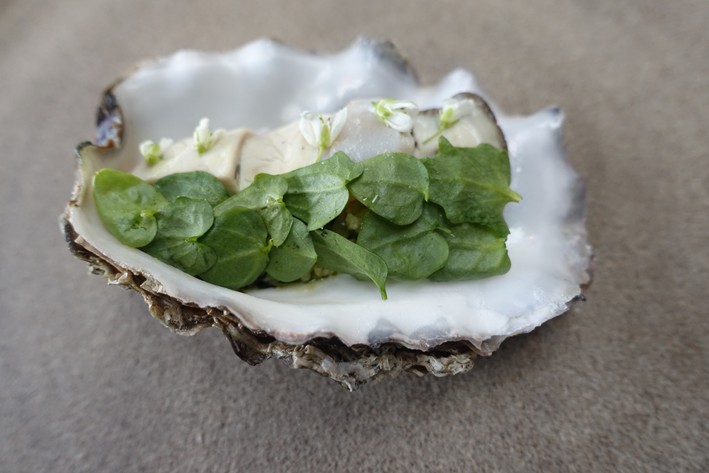
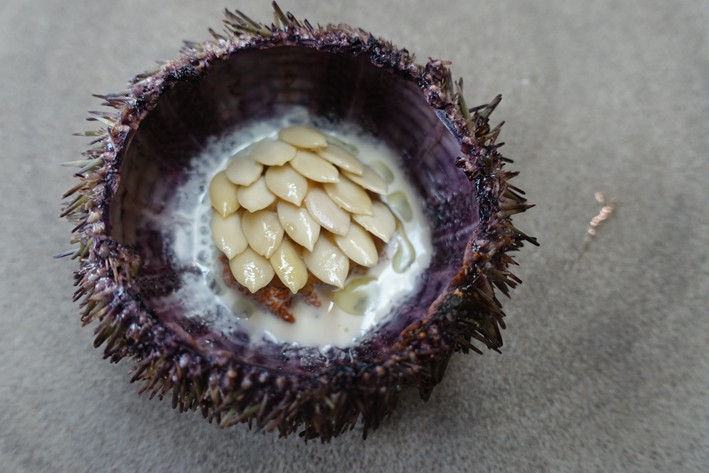
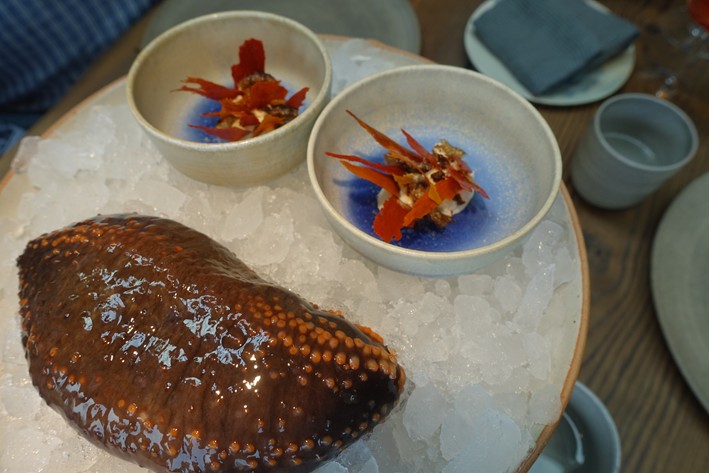
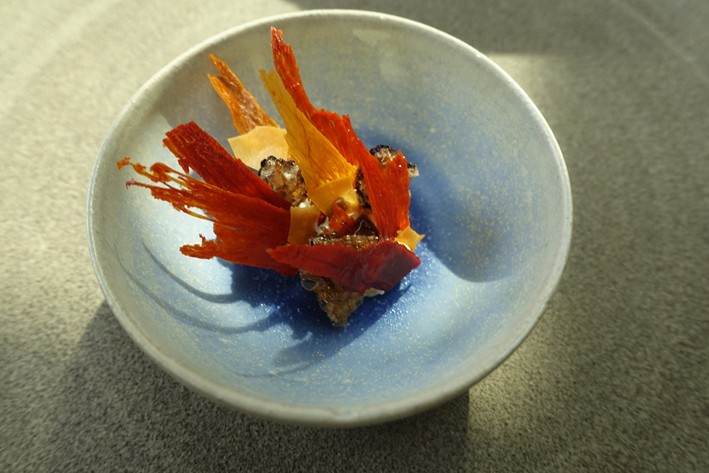
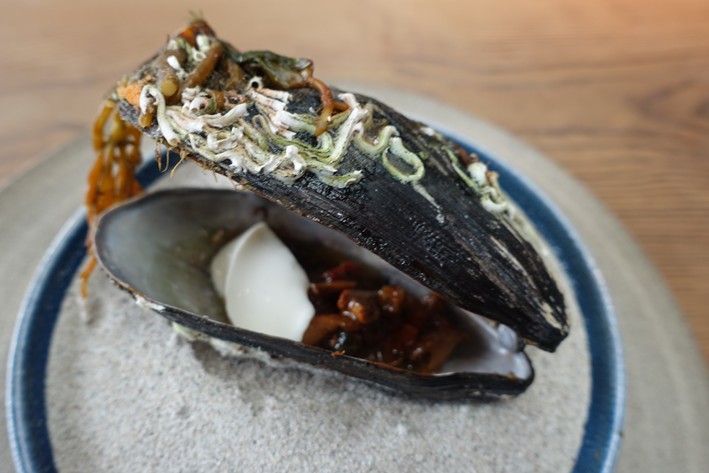

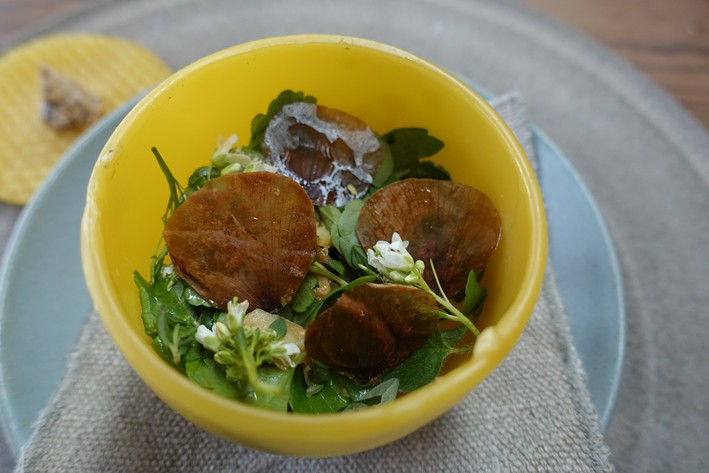
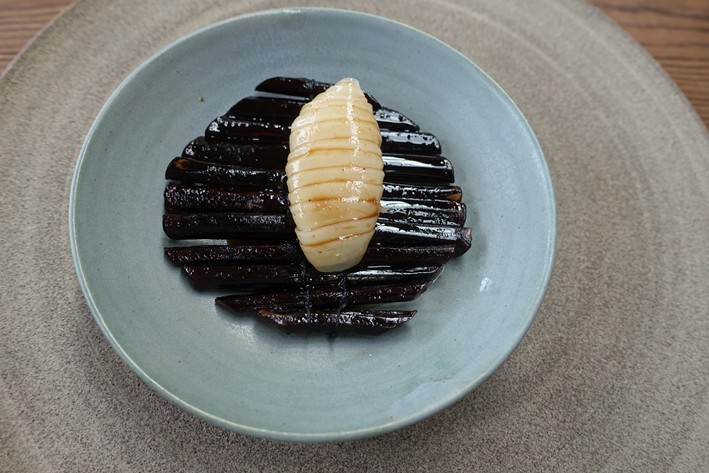
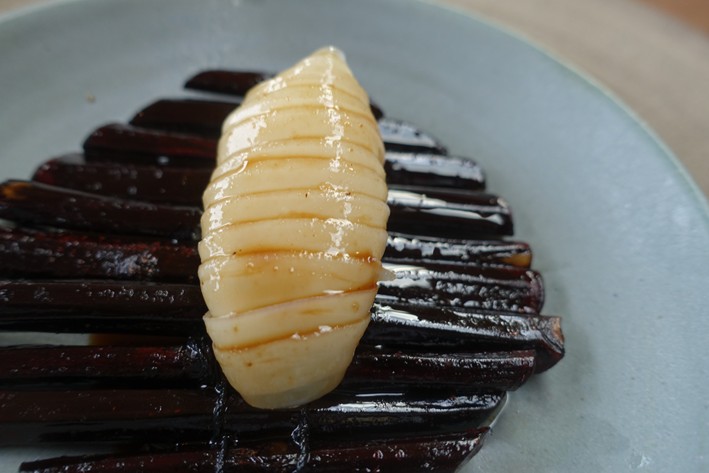
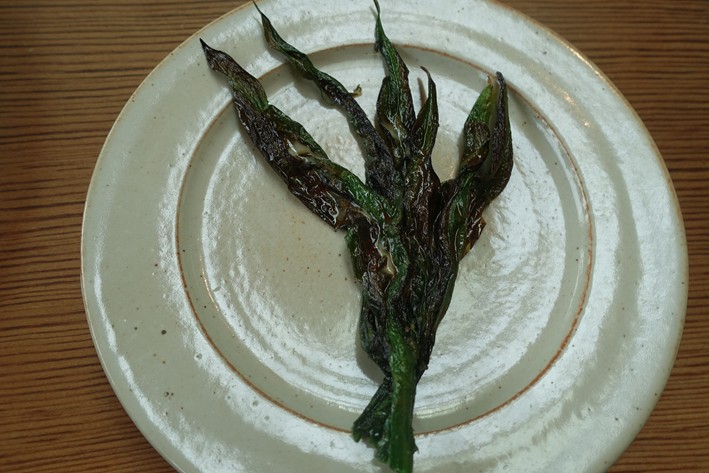
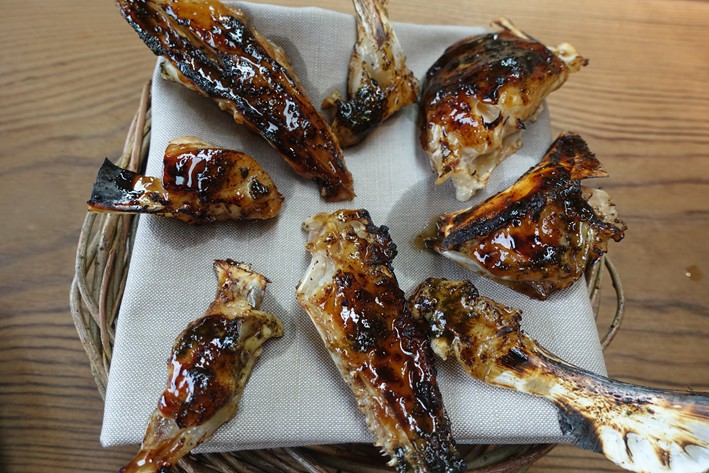
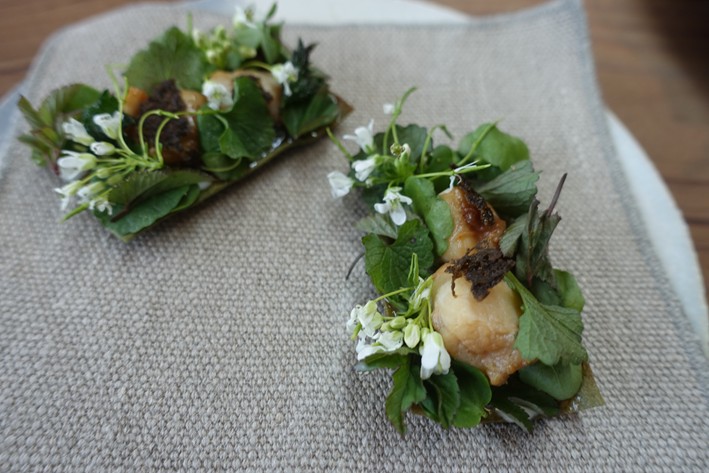



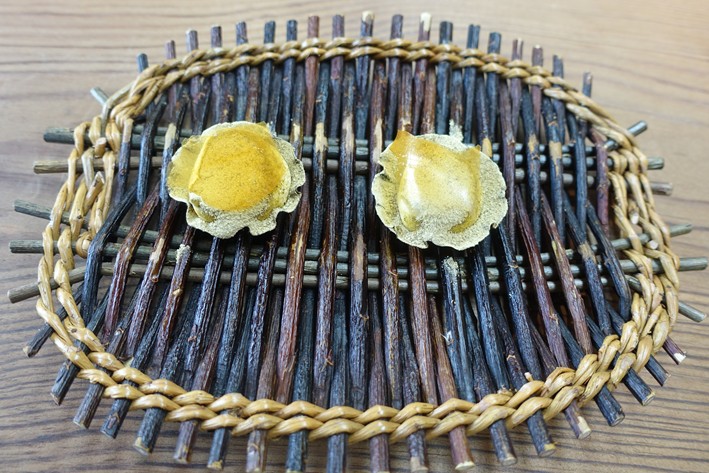


Frank
Just read this after reading FT piece today on the atrocious treatment by Danish high end restaurants of their workers. Seem to be frauds all round.
Upnworld
" Maybe the pearlfish has a point " ! Hahaha ! One of your most enjoyable reviews Mr Hayler at the expense of you not enjoying the meal here, and I admire the honesty in the low overall score given it is daunting to review a world leader. My visit ages ago to Quay in Sydney disclosed the same sorry truth - creativity at the expense of the pleasure principle. Alan Richman wrote an article about the " Rise of Egotarian Cuisine ". I'm all for innovation but not with depth of flavour being forgotten. Question - what will you serve ? A delicious uncommon fish ( which looks like a fish) from Scandinavia or sea cucumber gonads which are unlikely to wow your tastebuds ? Rene Redzepi : " Sea cucumber gonads " !
T
If you felt that way about noma 2.0, I hope you'll make your way to Inua soon. My sense is that the noma crew's turn from using fermentation to provide accents on some dishes to using it as a key component of every single dish led to a cuisine that prioritizes self-referential glorification over deliciousness.
Ben Steiner
Excellent review
Alan Spedding (cumbriafoodie)
I have no desire whatsoever to dine here......Ever. As for the juice pairing at £93 , someone needs a serious talking to , that is absolutely ridiculous.
Paul Heathcote
Interesting, I have had the same deep rooted feeling on a number of occasions. Some ingredients are what they are, and in my opinion should be left to work and marry their alongside their counterparts, a forced marriage of opposites can result in an unhappy dish. In saying all this pushing boundaries makes the odd dish spectacular and memorable.
Nick
I think it speaks volumes that they find it necessary to charge for the food before it has been tasted.